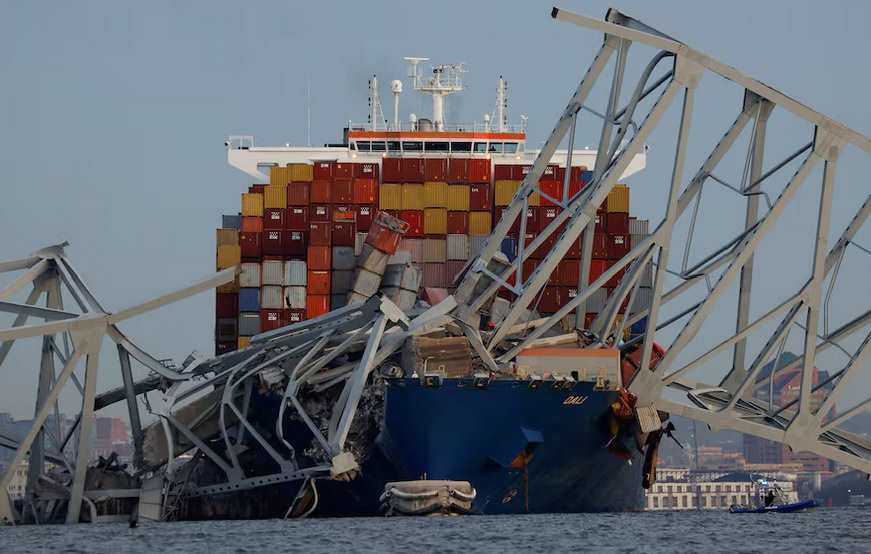The collapse of the Francis Scott Key Bridge in Baltimore, caused by a container vessel, has significantly impacted the local supply chain and raised concerns for the Port of Baltimore.
This incident has severed a major interstate highway, potentially altering transportation routes indefinitely. While the bridge's traffic volume is lower compared to other nearby tunnels, its closure is still significant, especially since hazardous materials cannot be transported through these tunnels. The alternative western route around the Baltimore beltway adds considerable distance to cross the Patapsco River.
In response, importers and exporters are assessing their options amidst growing uncertainties.
They are faced with immediate challenges such as finding alternative ports like Norfolk, Philadelphia, or New York/New Jersey for their container shipments initially headed for Baltimore.
This shift necessitates a reevaluation of their supply chain strategies to ensure timely operations in the Baltimore vicinity. Key considerations include comparing ocean freight costs with the original estimates and planning the logistics for moving goods from the new port of entry to their final destinations. Stakeholders are also contemplating the duration for which these adjustments will be necessary, as the timeline for the bridge's repair or replacement remains unclear.



